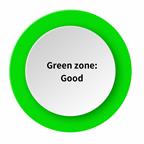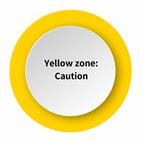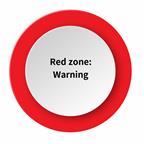ThisisPatientEngagementcontent
Asthma Action Plan, Pediatric
Learn more about our Patient Engagement products now! Turn your patients into active participants in their healthcare by giving them easy access to the same evidence-based information you trust – but delivered in an easy-to-understand format.
Follow the plan that you and your child's health care provider develop. Review the plan with your child's health care provider at each visit.
Provide the information to your child's school. You and your child's health care provider need to sign the school permission slip.
Knowing the things that can trigger an asthma attack or make your child's asthma symptoms worse is very important. Talk to your child's health care provider about your child's asthma triggers and how to avoid them. Record your child's known asthma triggers here: _______________
If your child uses a peak flow meter, determine his or her personal best reading. Record it here: _______________
 This zone means that your child's asthma is under control. Your child may not have any symptoms while he or she is in the green zone. This means that your child:
This zone means that your child's asthma is under control. Your child may not have any symptoms while he or she is in the green zone. This means that your child:Call your child's health care provider if your child is using a reliever or rescue medicine more than 2–3 times a week.
 Symptoms in this zone mean that your child's condition may be getting worse. Your child may have symptoms that interfere with exercise, are noticeably worse after exposure to triggers, or are worse at the first sign of a cold (upper respiratory infection). These may include:
Symptoms in this zone mean that your child's condition may be getting worse. Your child may have symptoms that interfere with exercise, are noticeably worse after exposure to triggers, or are worse at the first sign of a cold (upper respiratory infection). These may include: Symptoms in this zone mean that your child needs medical help right away. Your child will appear distressed and will have symptoms at rest that restrict activity. Your child is in the red zone if:
Symptoms in this zone mean that your child needs medical help right away. Your child will appear distressed and will have symptoms at rest that restrict activity. Your child is in the red zone if:Date: __________
Student may use a reliever or rescue medicine (bronchodilator) at school.
Parent signature: __________________________
Health care provider signature: __________________________
This information is not intended to replace advice given to you by your health care provider. Make sure you discuss any questions you have with your health care provider.
Cookies are used by this site. To decline or learn more, visit our cookie notice.
Copyright © 2025 Elsevier, its licensors, and contributors. All rights are reserved, including those for text and data mining, AI training, and similar technologies.